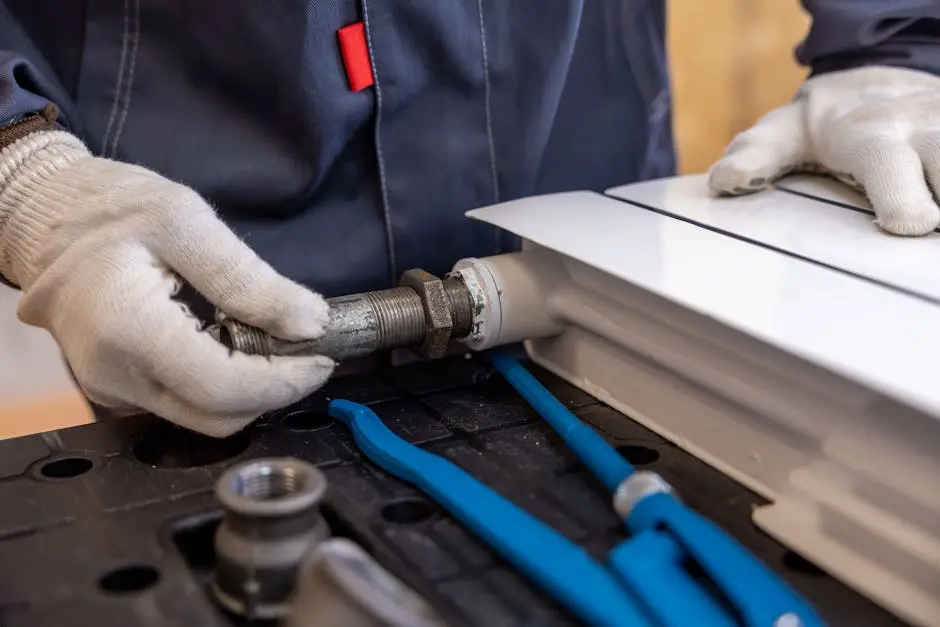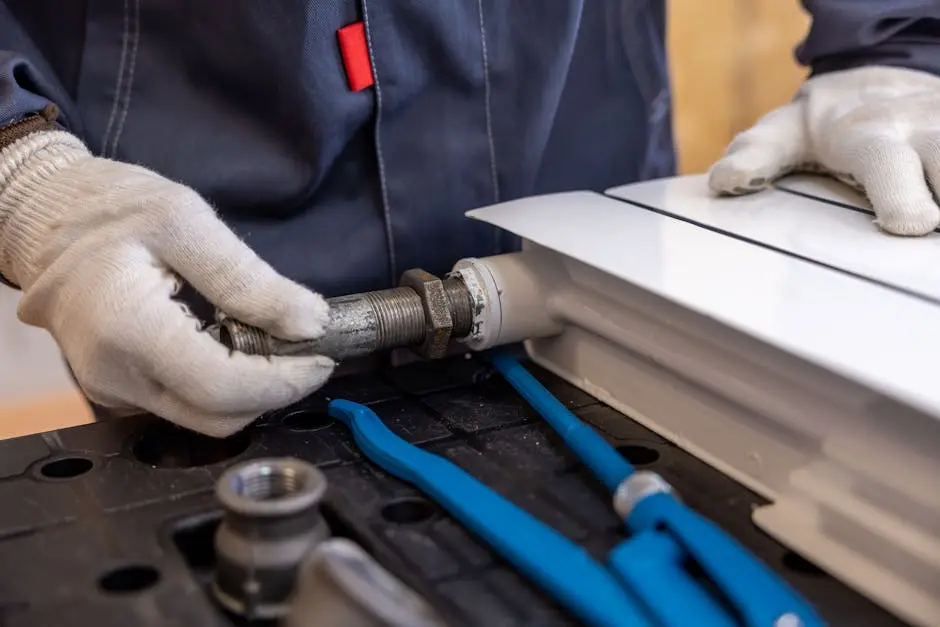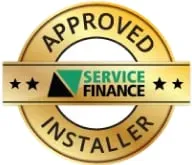As the temperature drops and the need to stay warm arises, understanding the basics of heating system repair becomes invaluable. Whether you’re a first-time homeowner or just looking to save on repair costs, a little knowledge about your heating system can go a long way. Let’s dive into the essentials to keep you cozy all winter long.
The Importance of Recognizing Heating System Issues Early
Catching heating system problems early can prevent costly repairs and extend the life of your unit. Signs like unusual noises, uneven heating, or increased energy bills should never be ignored. When you hear banging or rattling sounds, it’s a telltale sign that something is amiss. Such noises can indicate loose components or even potential issues in the ductwork. Addressing these problems before they escalate not only saves money but also keeps your home environment safe and comfortable. Uneven heating, where one room is warm and another is freezing, can also signal a problem. This can be caused by blocked vents or poor insulation, issues that can be easily checked and resolved. Increased energy bills are another red flag: if you notice a spike in your utility costs, your heating system might be working overtime due to a malfunction or inefficiency. These signs are your system’s way of communicating that it needs attention, so listen closely.
Another indicator of potential issues is a persistent, foul odor coming from your heating vents. If you smell a burning scent, it may be dust burning off unused components, but a more acrid or sulfuric smell could indicate a more serious issue like a gas leak. In these cases, it’s crucial to shut off your system immediately and contact a professional. Moreover, frequent on-and-off cycling of your heating system, known as short cycling, can be a symptom of thermostat issues, clogged filters, or inappropriate blower settings. Each of these issues can lead to further damage if not inspected promptly. Being mindful of these signs not only ensures your comfort but also enhances the overall efficiency of your heating system, saving you from larger, more costly repairs down the line.
Common Problems Found in Heating Systems
Heating systems can face a variety of challenges as they age or as they are strained by heavy use. One ubiquitous issue is dirty or clogged air filters. When filters are not replaced regularly, they accumulate dust and debris, leading to restricted airflow and forcing your system to work harder. This can reduce the efficiency of your heating and increase your energy bills. Another common challenge is thermostat malfunctions. These can range from incorrect readings to an inability to relay commands to the heating unit, resulting in uneven temperatures throughout your home. Ensuring that your thermostat is functioning properly can iron out many inconsistencies in heating. Additionally, ignition control or pilot light problems are frequent culprits in heating breakdowns. Gas furnaces particularly rely on a steady ignition to start the heating process, and any disruption in this can result in no heat production. Whether it’s a failed ignition switch or a pilot light that’s gone out, addressing this promptly is key to restoring full function.
Ductwork issues also play a significant role in heating system problems. Leaks in ducts can lead to significant energy loss, reducing the efficiency of your heating system as warm air escapes into unused spaces. Checking for and sealing any leaks can greatly improve the overall efficiency and performance of your system. Moreover, blower motor failures are another frequent issue, particularly in older units. The blower motor is responsible for pushing warm air through the ducts and into your living spaces, and any slowdown or failure can impede adequate heating. Regular maintenance checks can help catch these issues before they escalate into complete failures. Finally, it’s crucial to be aware of the potential for frequent breakdowns in older systems. As parts age and become worn, breakdowns become more frequent, and replacing such systems with newer, more efficient models can save money and hassle in the long run.
Basic DIY Heating System Maintenance Tips
Performing simple maintenance tasks can significantly boost the performance and extend the life of your heating system. One of the simplest yet most effective tasks is replacing air filters regularly. Dirty filters can hinder airflow, causing your system to work harder than necessary, which can lead to premature wear and tear. Aim to replace or clean filters every one to three months, depending on your usage and manufacturer’s recommendations. Additionally, periodically cleaning your heating vents can prevent dirt and debris from building up, which can also obstruct airflow. Use a vacuum with a nozzle attachment to reach into the vent and clear out any accumulated dust or debris. Routine inspection of ductwork is also crucial. Leaks or holes in the ducts can cause warm air to escape, which not only reduces efficiency but also increases costs. Use duct tape or mastic sealant to close any visible gaps or tears.
Beyond the basics, consider implementing a regular maintenance schedule that includes checking thermostat accuracy and adjusting it if needed. Ensuring your thermostat is calibrated correctly can prevent unnecessary cycling and enhance overall system harmony. Another tip is to keep the area around your heating system clear of clutter. Any obstruction can impede the flow of air and heat, which reduces the system’s efficiency. For those with a gas furnace, always keep the flame sensor clean – this can typically be done using a fine-grit sandpaper to gently scrub away any build-up. Additionally, periodically check your carbon monoxide detectors to ensure they’re functioning properly, especially if you have combustion-based heating systems. Keeping these detectors in good working order can safeguard against harmful gas emissions. Regular, mindful care goes a long way in keeping your heating system running smoothly and averting more serious repairs.
It’s also beneficial to familiarize yourself with your heating system’s manual, which often contains helpful diagrams and troubleshooting tips for common issues. Knowing the ins and outs of your specific model can make a significant difference when conducting DIY maintenance. Also, consider investing in a programmable thermostat if you haven’t already. These devices allow you to set specific temperatures for different times of the day, which can save on energy costs and reduce strain on your system. Lastly, perform a DIY energy audit of your home. Look for drafts or poorly insulated areas that can be remedied to improve overall heating efficiency. Installing weather stripping or caulking around windows and doors can prevent warm air from escaping. By adopting these maintenance strategies, you can ensure a well-functioning and efficient heating system throughout the winter months.
When to Call a Professional for Help
There are times when professional assistance is necessary. Identifying when your efforts are no longer sufficient is part of maintaining a safe and efficient heating system. For example, if you notice frequent cycling or if your home isn’t heating evenly despite basic maintenance, it might be time to call in the experts. A skilled technician can pinpoint issues like electrical faults, complex mechanical problems, or broken components that require specialized tools and expertise. If your heating system is making strange noises that persist after a preliminary check, professional diagnosis is a prudent step. Such noises could signify deeper issues within the unit’s components that only a trained eye can properly address. Another critical instance is the detection of a potential gas leak or carbon monoxide presence. This is especially important if your heat source includes combustion elements like gas or oil. Regular maintenance by licensed professionals can ensure these dangerous issues are identified and rectified safely.
While many common tasks can be done by homeowners, the complexity of certain heating systems, especially modern high-efficiency models, makes professional help essential. Heating systems have evolved, and newer systems incorporate advanced electronic components that require specialized knowledge to troubleshoot effectively. Calling in a specialist ensures that you get the most accurate diagnosis and repair, minimizing the risk of errors that could exacerbate the problem. Furthermore, professional inspections are highly recommended before the colder months set in. Proactive tune-ups can help prevent breakdowns when you need your heating system the most. Hiring a professional ensures that your system operates at peak performance, providing peace of mind and optimal warmth throughout the winter.
Choosing the Right Repair Professional
Choosing the right professional for your heating system repairs can make a significant impact on the outcome and longevity of your system. Start by seeking out technicians with proper certifications and experience. Experienced professionals are likely to have encountered a wide range of issues and can often identify problems quickly and accurately. Check for certifications from recognized bodies such as NATE (North American Technician Excellence) or similar, as these ensure the technician has met industry standards. Additionally, reading online reviews can provide insights into past customer experiences and satisfaction levels, helping you make a more informed decision. The right maintenance not only extends the life of your system but also enhances energy efficiency and safety, ensuring that your home remains comfortable throughout the chilly months. When selecting a service, also inquire about their availability and response times, especially if emergencies arise. A reliable professional will offer flexible appointment times and swift responses to urgent situations.
Price is often a determining factor in choosing a repair professional, but it’s essential to balance cost with quality. Very low rates may indicate inexperience or subpar service, while excessively high prices don’t necessarily guarantee superior work. Obtain multiple quotes to get a sense of the market rate for services. This will help you avoid being overcharged and also identify an affordable, reputable option. Look for companies that offer transparent pricing models with detailed estimates, including parts and labor. Consider companies that provide preventive maintenance services or subscription plans that cover routine checks, as regular care can prevent larger issues from developing. Finally, communication is key; choose a professional willing to discuss the repairs they are performing and why, keeping you informed every step of the way. This transparency helps build trust and ensures that you are comfortable with the service being rendered. Ultimately, thorough research and careful consideration will lead you to the right professional to keep your heating system in top shape.
Stay Warm and Empowered With Heating Know-How
Understanding the basics of heating system repair can empower you to make informed decisions, whether you’re performing minor maintenance yourself or choosing the right professional for a more comprehensive fix. Stay warm and cozy by giving your heating system the attention it needs.










